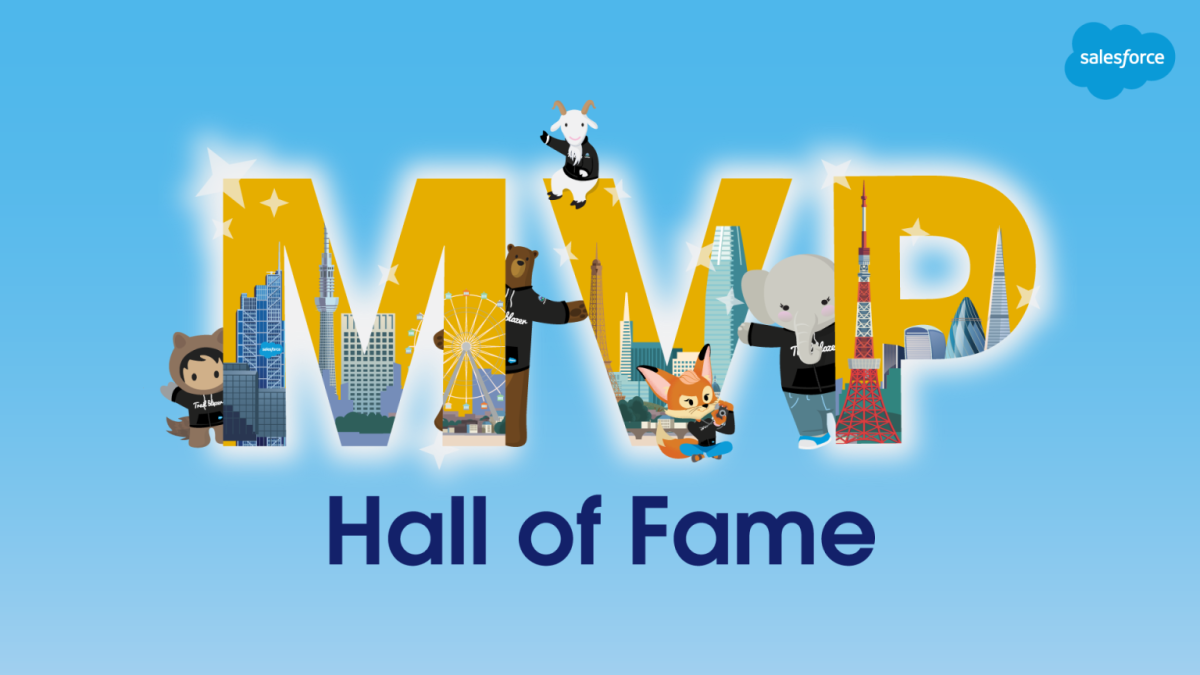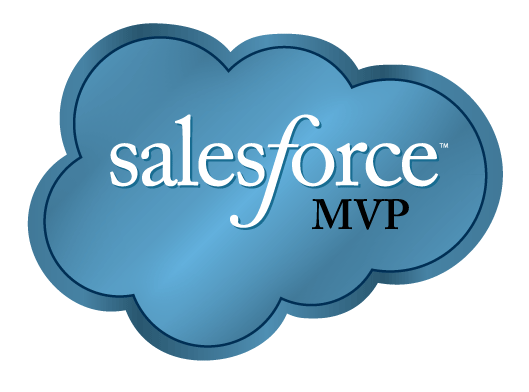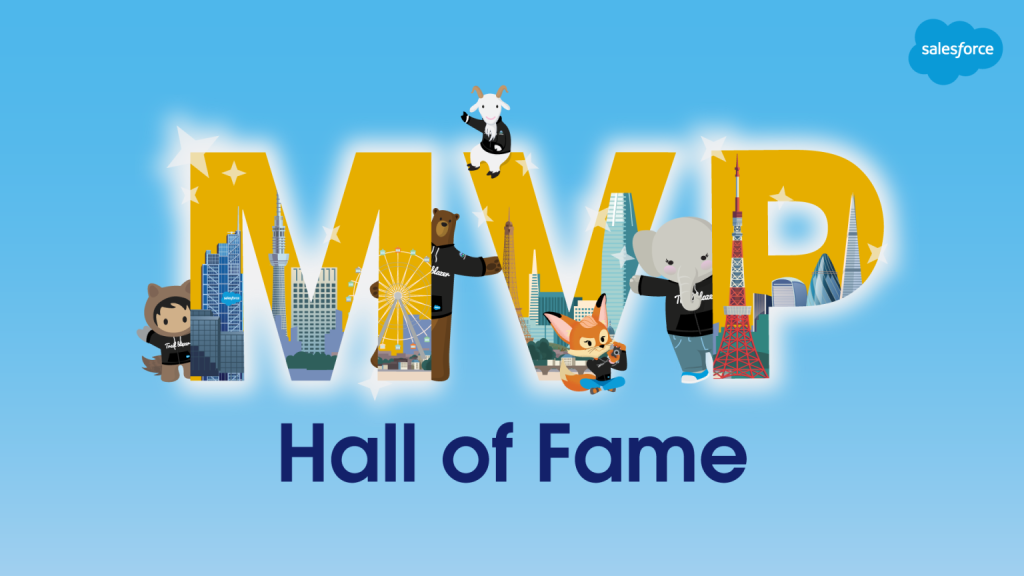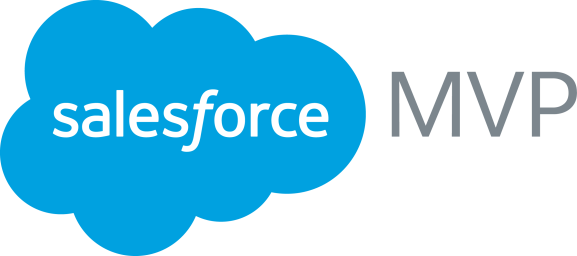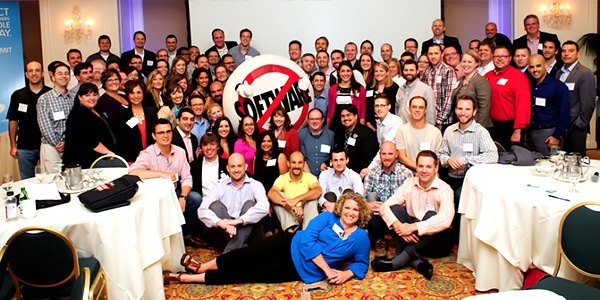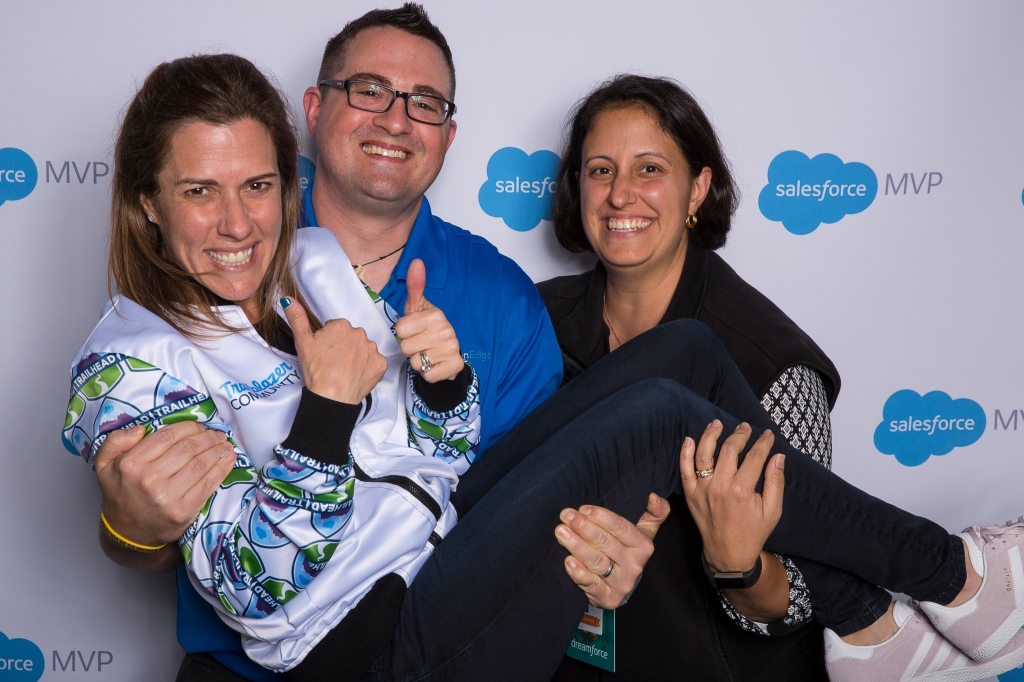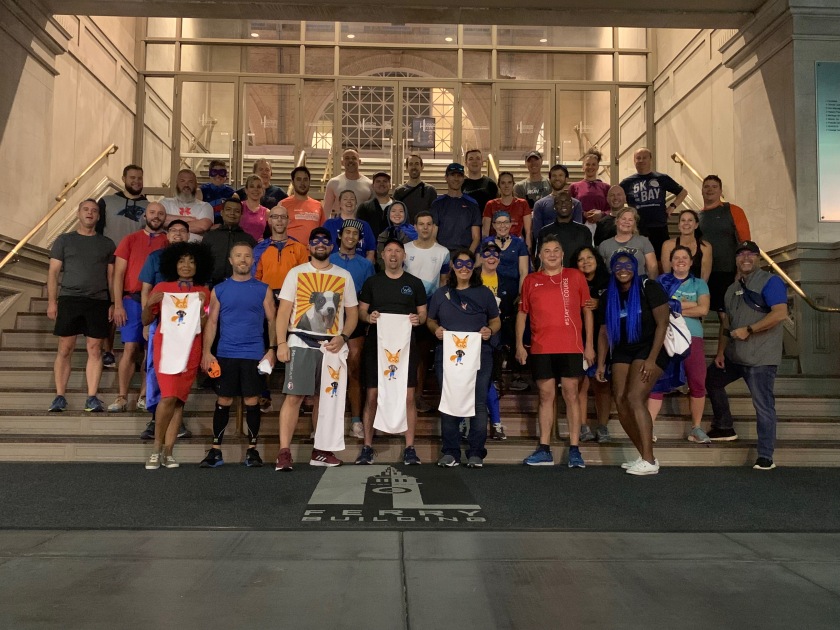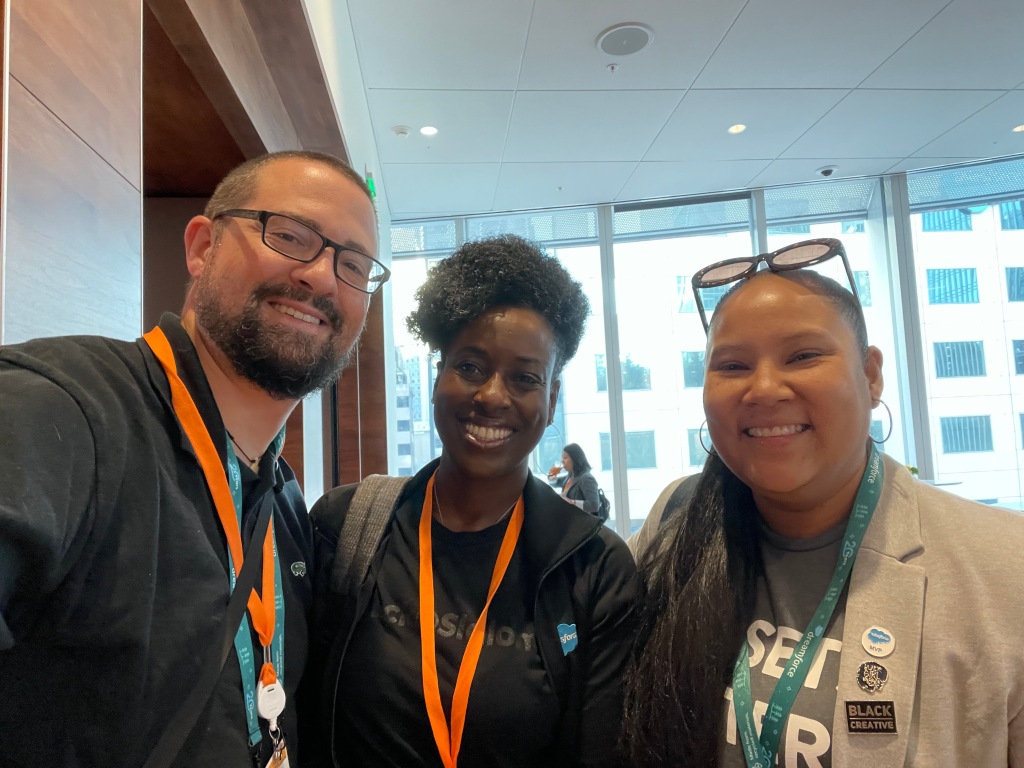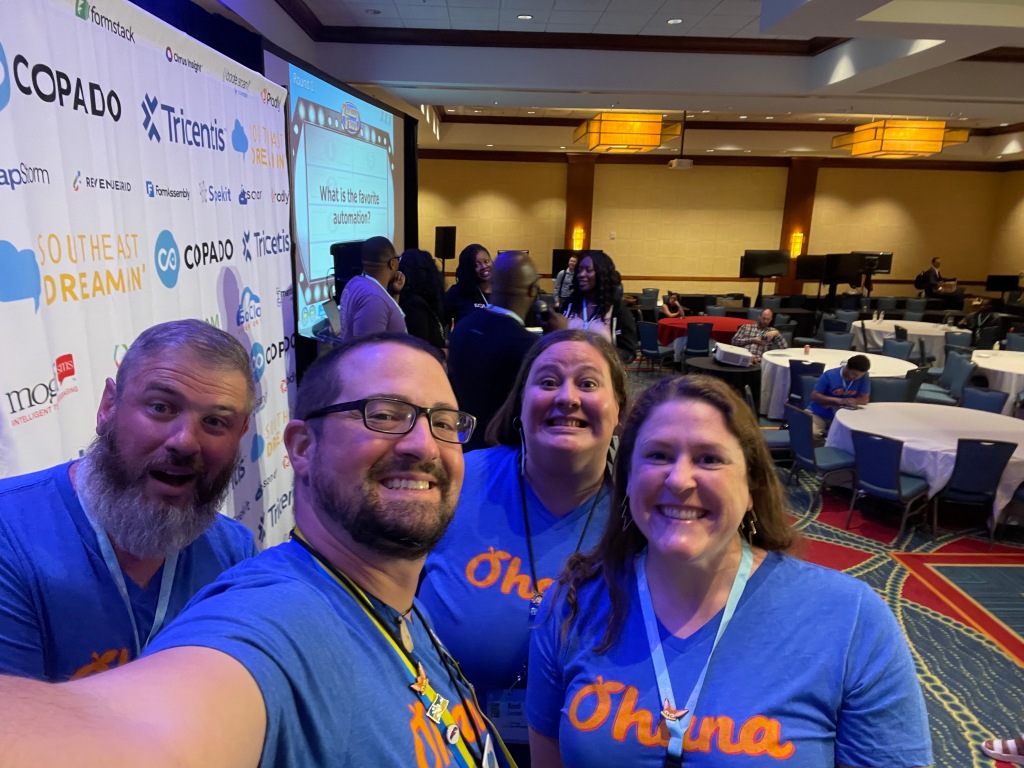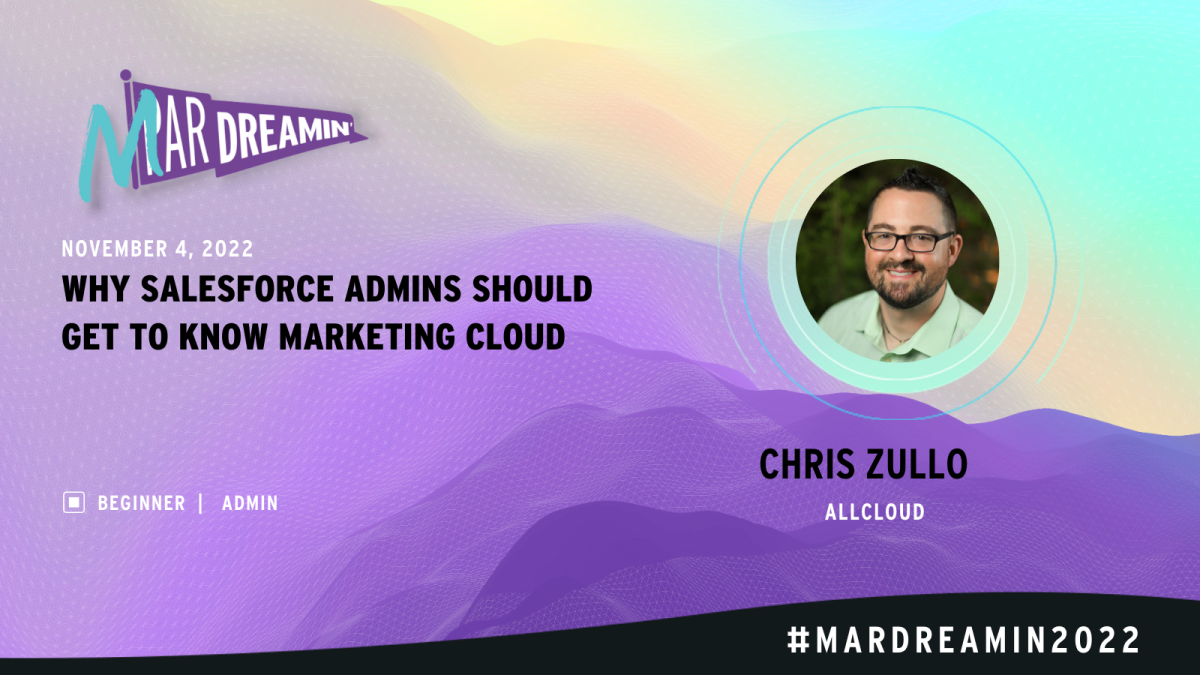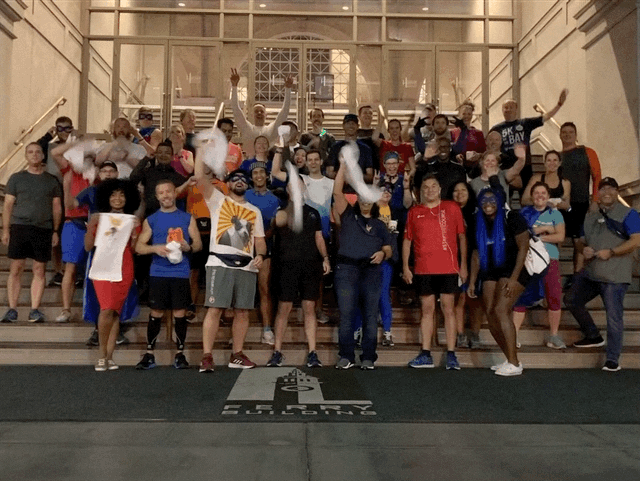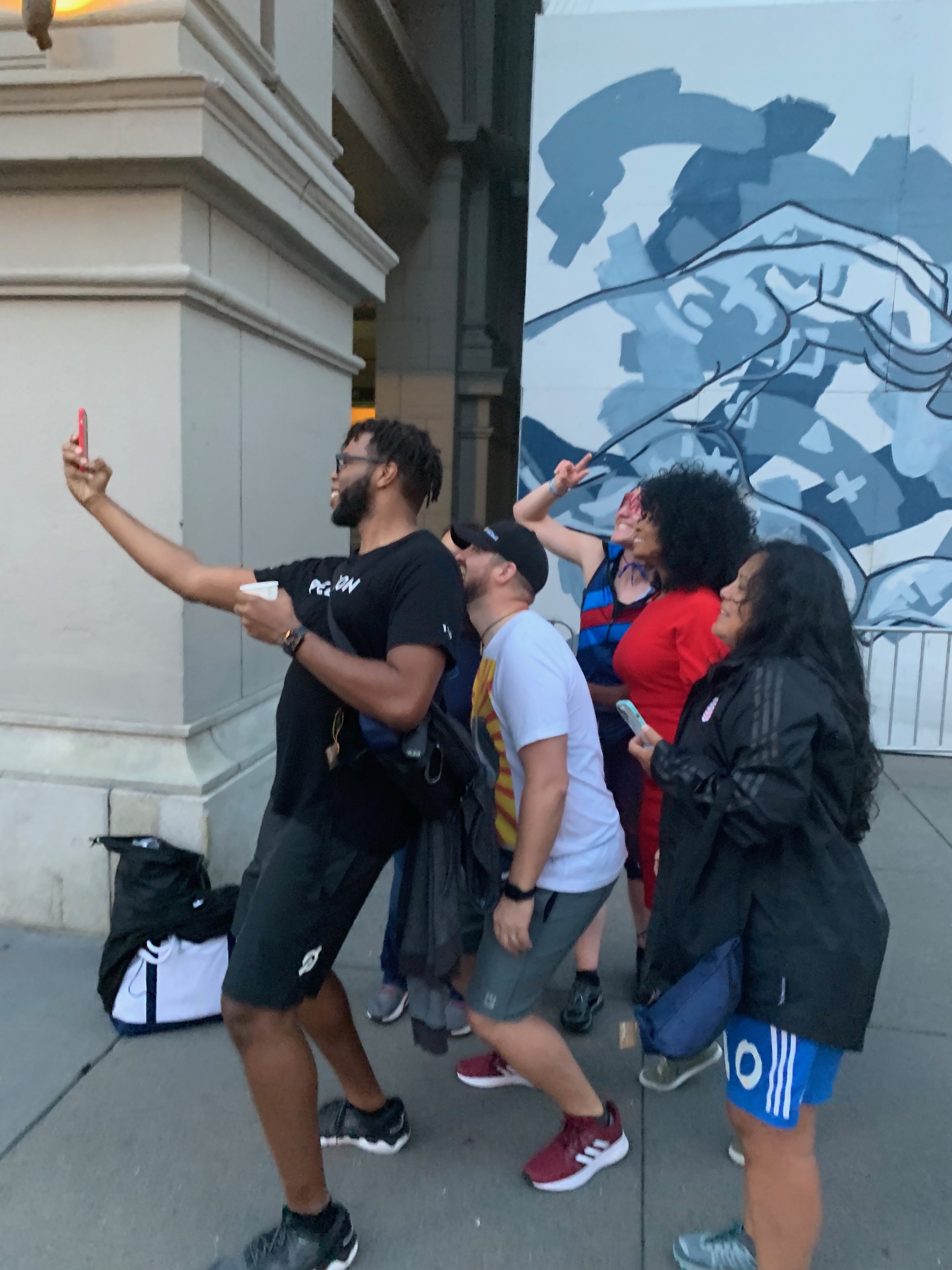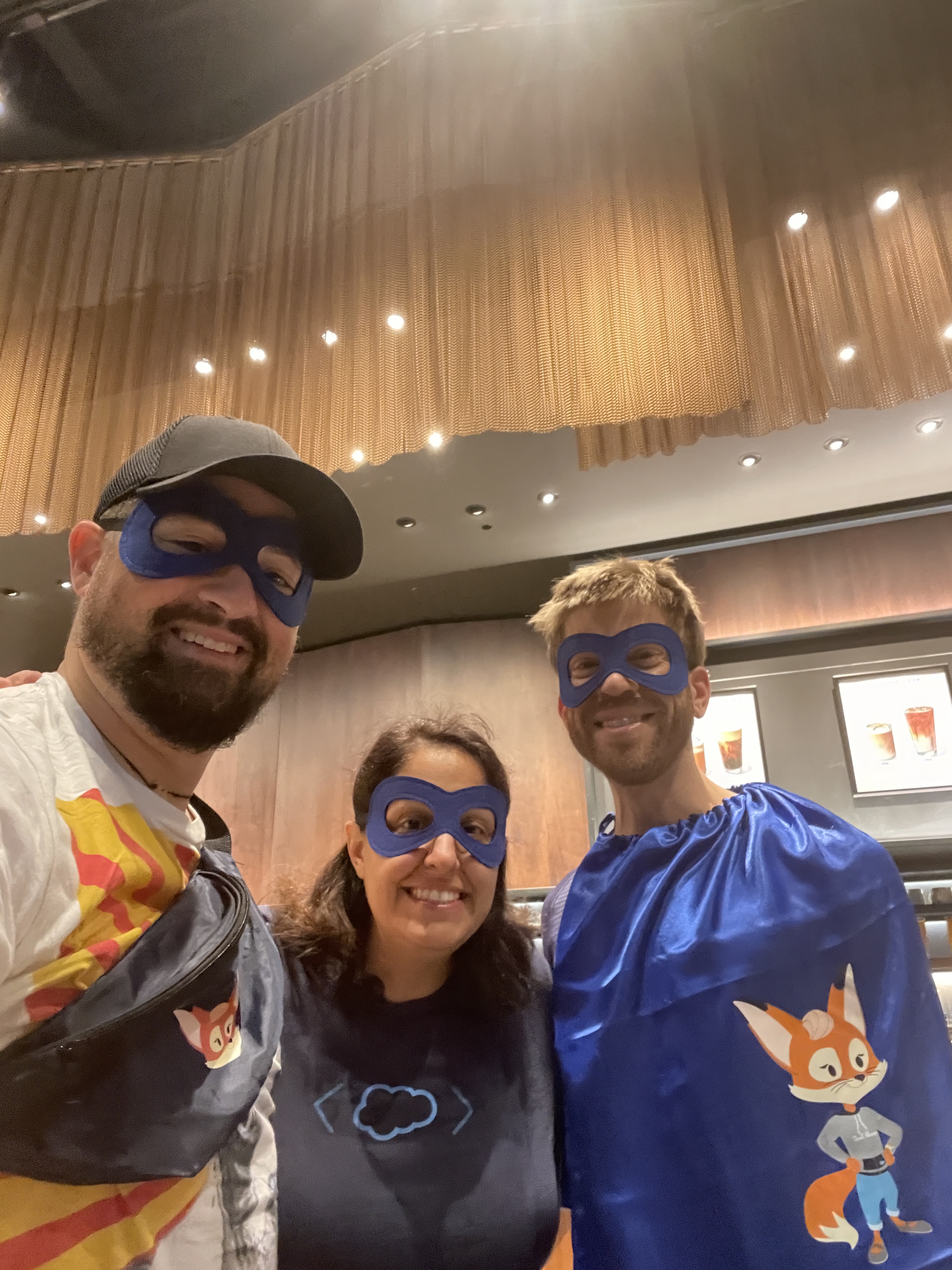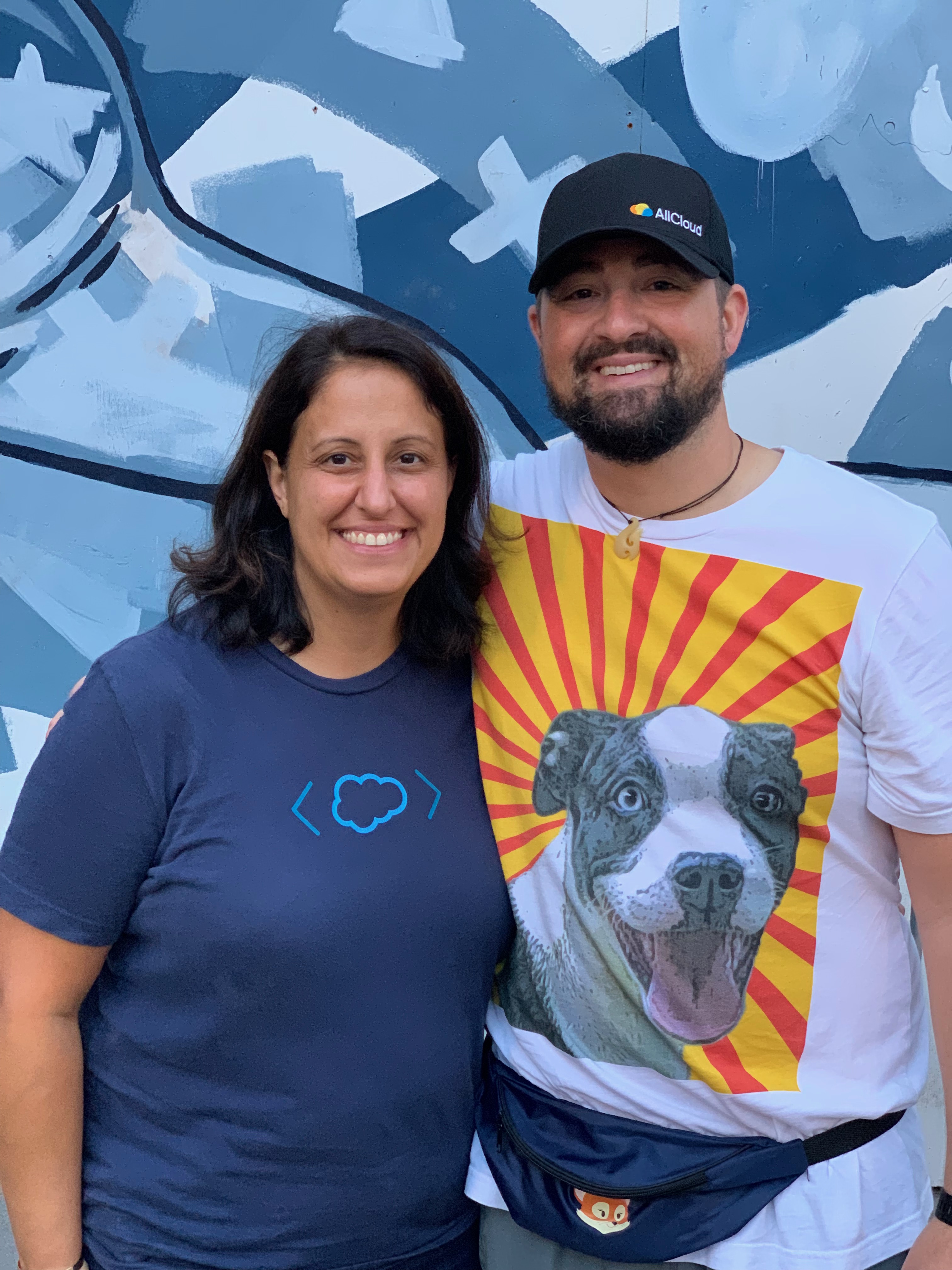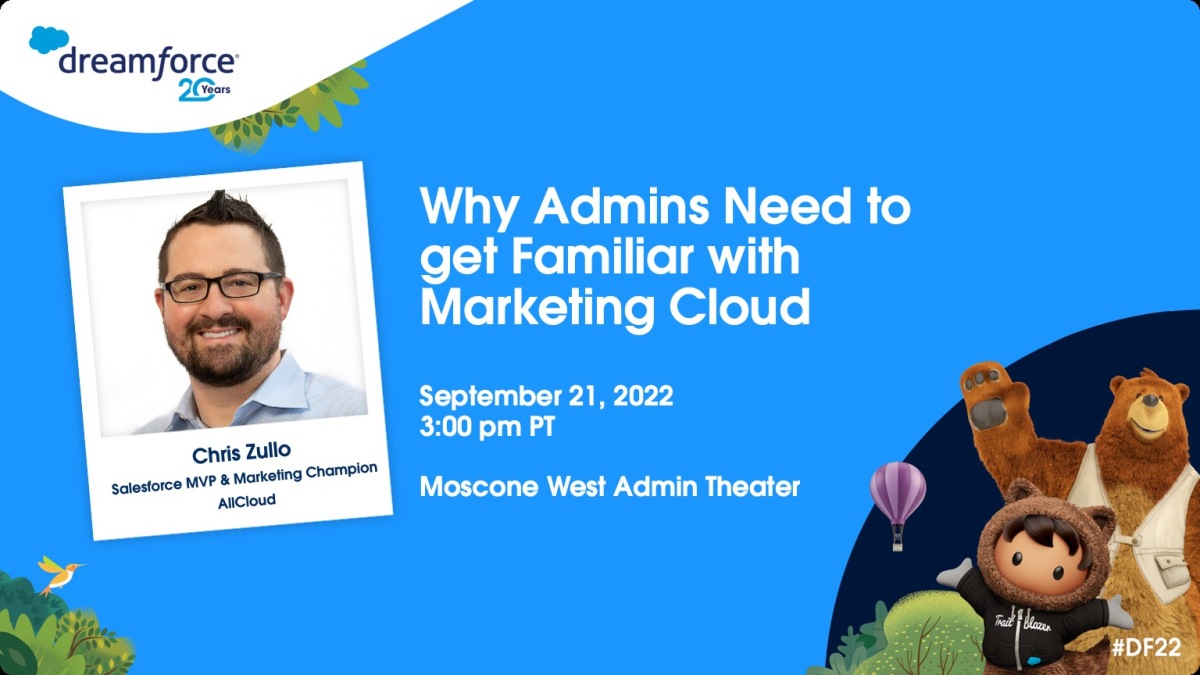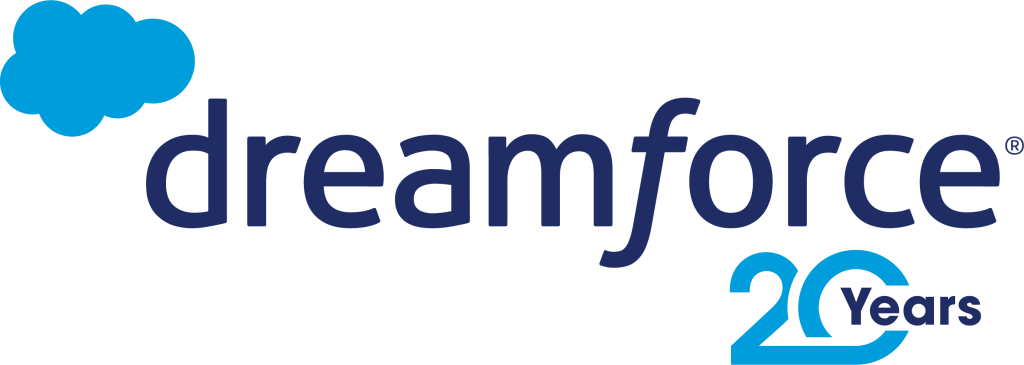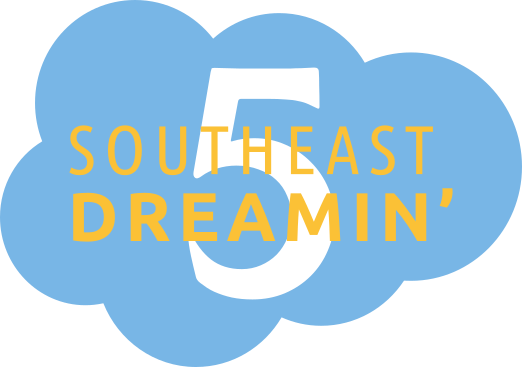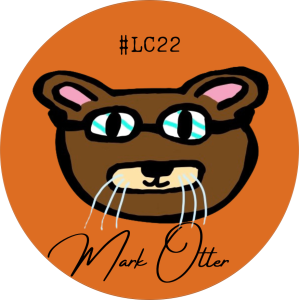A #TDX24 Recap
My first TrailblazerDX did not disappoint. It has been advertised as the hardest hitting Salesforce conference as far as the depth of the functional and technical sessions are concerned. Based on the many quality deep diving presenters, I feel great about the information I am bringing back to my organization and teammates. The opening keynote was equally informative and hilarious as Parker Harris and company let the data and jokes fly throughout. You can access the keynote now on Salesforce+.
Artificial Intelligence
Artificial Intelligence was major theme of TDX and one of the my primary reasons for attending. I was fortunate to get into a few hands-on workshops to get a closer look at Prompt Builder and Einstein Copilot, in particular. These workshops have always been my favorite format as they generally follow the Tell-Show-Do model which really works well for me.
Seeing practical use cases for streamlining and supplementing human-led processes is encouraging. Two years ago, I was skeptical about AI. Now, I see its potential. However, in order for AI to achieve its potential in the business world, it will require human oversight. AI’s has the ability to process large volumes of data at speeds far beyond human capability. However, fast does not guarantee accuracy. A combination of intentional and thoughtful oversight to ensure data is handled appropriately and the output of any processes managed or influence by AI needs to be validated for the benefit and safety of the customers who’s data is in your care.
85% of IT Leaders See AI Boosting Productivity, but Data Integration and Overwhelmed Teams Hinder Success
Salesforce 2024 Connectivity Benchmark Report
Concerns and Considerations for AI
- Trust (priority one)
- Sharing model (visibility)
- Security & privacy (need to know)
- Toxicity (biases and other negativity)
- Hallucinations (false output)
- Disconnected from CRM (71% of company apps are disconnected)
Einstein 1 Studio
This low code product family is ramping up and rolling out a number of new features at the moment are flowing out through the following builders:
- Prompt Builder – GA
- Copilot Builder – Beta
- Model Builder – GA
Einstein Copilot
Einstein Copilot — is a conversational AI for CRM. Copilot can answer questions and take action. It’s usable by all employees, not just sales and service. With over 20 features & functionality are in beta or will be in beta between now & April, there’s a lot to look forward to in AI for business solutions.
Copilot is currently in public beta. If you have UE+ or the Einstein add-on your org already has access and can be enabled for use. See the Resources section at the bottom of this post for more information on Salesforce’s AI features.
Evolution of AI and Why it’s Open for Business
| Before | Now |
| Navigation | Conversation |
| Hard-code | Dynamic |
| Manual | Augmented |
| Long response times | Speed: Seamless processes and communications |
| One-size-fits-all | Personalization: Relevant content for every audience |
| Time-consuming tasks | Convenience: Automating repetitive tasks |
Data Strategy Best Practices for AI
AI starts at the data layer and these five are the foundations for starting on the right path to ethically and effectively leveraging AI in your organization.
- Define the business problem
- Identify the data sources
- Ensure data quality
- Address data privacy and security
- Implement data governance
The simple answer is, AI is only as good as the data that it has
Steve Fisher, September 26, 2023
Data Cloud
The attention and focus on Data Cloud continues to increase. There wasn’t a single session I attended that didn’t touch on this product and its importance to the future of the platform. When Salesforce first announced they were adding CDP functionality to its solution suite, I hoped that they would incorporate its capabilities across the entire platform. Based on what I saw and heard at TDX, I am optimistic this is the direction they are heading in. There are a number of roadmap items that I’m looking forward to seeing released and excited to work with the features that have been or soon will be generally available (GA).
- Data Spaces (GA)
- Data Cloud Related Lists (GA)
- Data Cloud Copy Fields (GA)
- Bring Your Own Lake aka BYOL (Expected to GA this month)
- Vector Database & Search (in pilot)
Summary
TDX is now in my top three all time professional conferences I’ve attended. I learned a lot and got some quality networking time among the community. I’m digging deeper into the major themes and catching up on the sessions I missed out in person, starting with the TDX24 AI Series and Data & Analytics Series on Salesforce+.
While Data Cloud is not explicitly required for leveraging AI, the interconnectivity being built into Salesforce’s AI and Data Cloud solutions, it’s not hard to see potential of combining the two. AI needs a good amount of data and quality data to be effective. Data Cloud is positioned to deliver that vision. Combined, they can help elevate your data game and meet your customer rising and varying expectations.
Resources
- TrailblazerDX recordings (on Salesforce+)
- TDX24 AI Trailmix
- Camp Trailhead Deep Dive TDX24
- Einstein Copilot Basics Trailhead Module
- Quick Start: Einstein Copilot Trailhead Project
- Quick Start: Prompt Builder Trailhead Project
- Sign-Up for a Trial Org with Einstein Generative AI (5 day limit)
- Unlock the Power of AI with Einstein Studio
- Einstein Studio Glossary
- Create a Data Stream in Data Cloud Project
- Sign-Up for Data Cloud Developer Org (5 day limit)
- Data Cloud Decoded on YouTube
- Data Cloud Consultant Certification Bootcamp on YouTube
- Data Cloud Deep Dive on YouTube
- Data Cloud Developer Center



